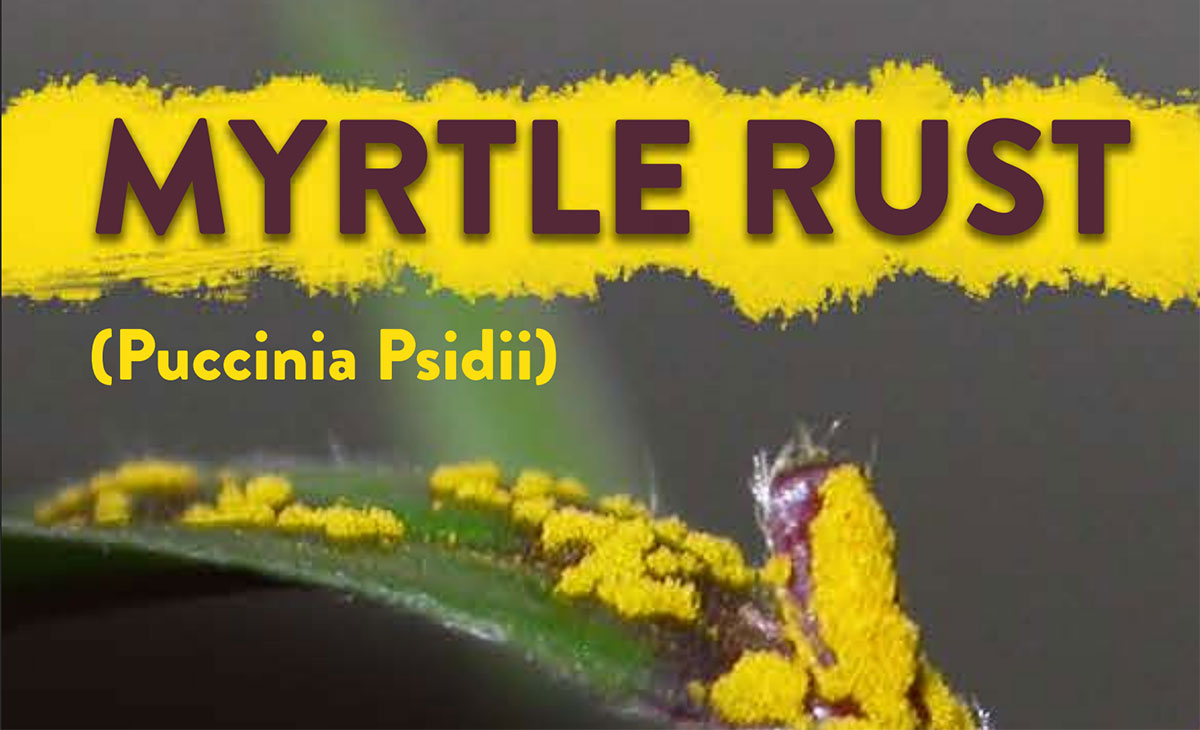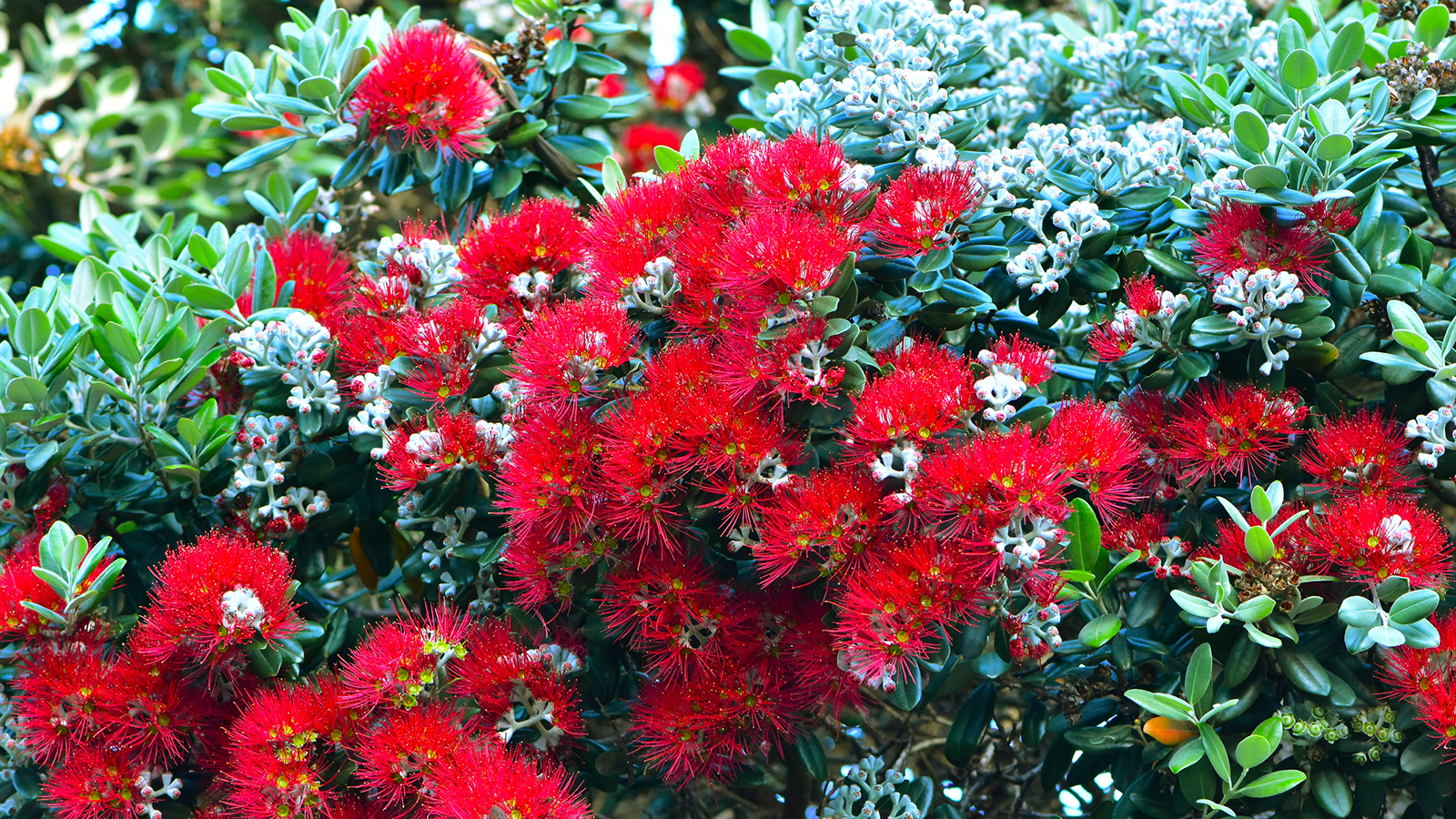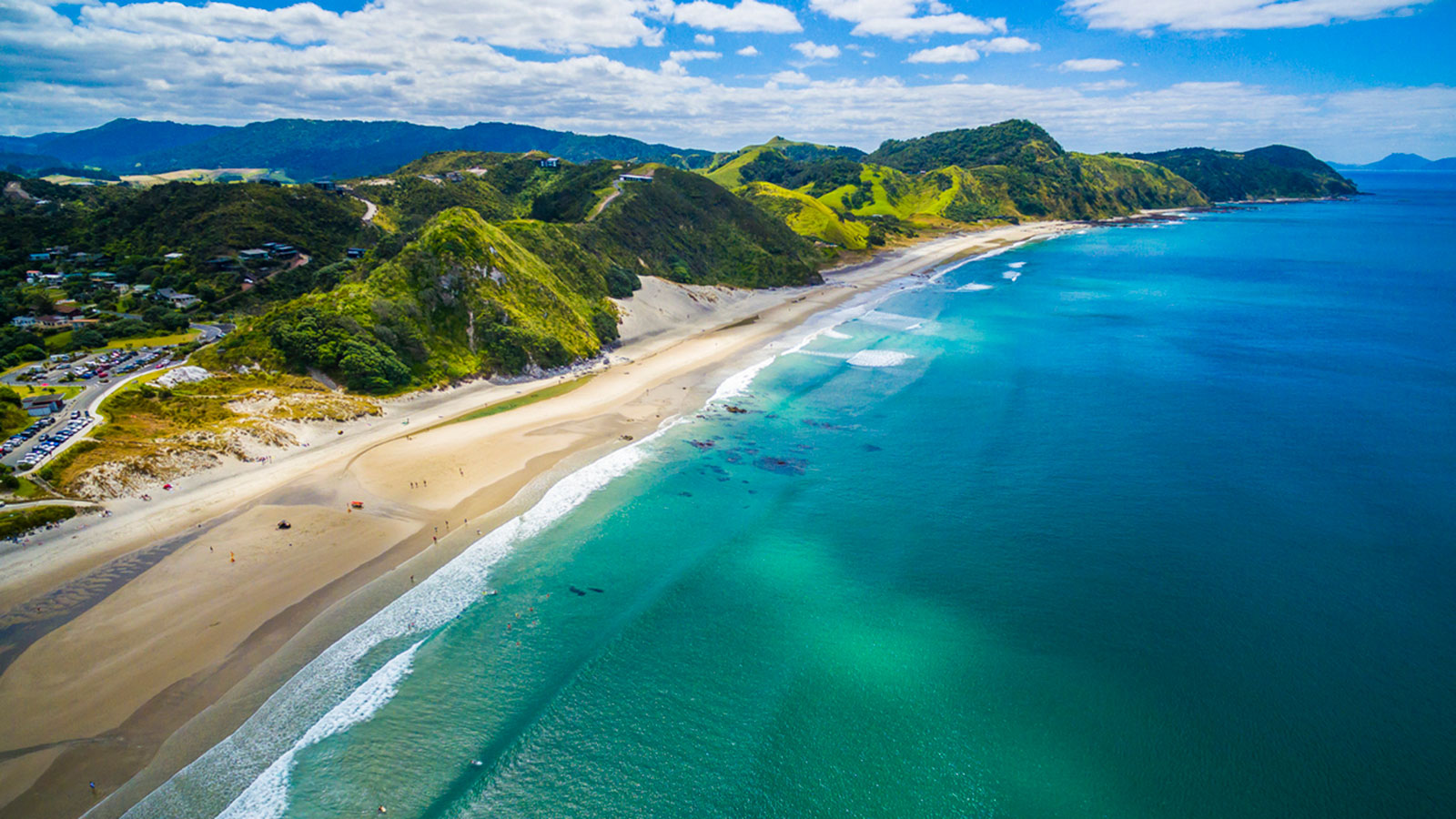Your Two-Minute Tree Break — Reimagined for Gardeners & Landscape Pros
It’s that magical time of year when Metrosideros burst into colour across Aotearoa — from cliff-hugging pohutukawa to the rare white blooms of Bartlett’s rātā.
Take a moment to soften your gaze. Let your eyes rest. These trees don’t just signal summer; they remind us why we plant with purpose.
Whether you’re designing a coastal landscape, rebuilding biodiversity on a rural block, or adding a stunning specimen to a home garden, Metrosideros offer unmatched charisma, resilience, and ecological impact.
Below, rediscover some standout species — now with gardener-friendly insights, planting tips, and reasons to choose each one.
Bartlett’s Rātā (M. bartlettii)
A rare beauty worth protecting — and planting.
The only white-flowering rātā, Bartlett’s forms a tall, sculptural forest canopy and flaunts paper-like pale bark and glossy foliage. Because it’s nationally endangered, every planted tree contributes to the species’ survival.
Why plant Bartlett’s?
- An exceptional specimen tree for large gardens or landscapes
- Adds contrast to red-flowering natives
- Supports biodiversity and conservation planting
- Performs well in moist, lowland conditions
From 45L (1m) – $220
Māori Princess (M. excelsa selection)
The classic crimson display — refined and reliable.
Loved for its upright form and consistent Christmas-time blooms, Māori Princess is hardy, shapely, and ideal for exposed sites.
Why choose Māori Princess?
- Profuse red flowers every December
- Handles wind, coastal exposure, poor soil
- A great choice for urban gardens, driveways, or feature planting
- Frost-tender young, but tough once established
From 45L (1.75m) – $200
Maungapiko (M. excelsa × M. umbellata)
Hybrid vigour meets show-off flowering.
Fast-growing, full of character, and spectacular in bloom, Maungapiko hides its foliage beneath sheets of vivid rātā-red flowers.
Why plant Maungapiko?
- Extraordinary flower density — ideal for creating holiday colour
- Excellent coastal performer: salt, wind, drought tolerant
- Attractive branch architecture for structural interest
From 45L (1.5m) – $200
Mistral (M. excelsa × M. robusta, Hauraki Gulf selection)
A refined, island-tough hybrid.
Selected on Great Barrier Island, Mistral delivers a tidy form, rich foliage, and striking scarlet flowers.
Why choose Mistral?
- Great for coastal landscapes or exposed properties
- Slim, upright habit suits smaller gardens
- Performs reliably in poor soil
From 45L (1.75m) – $200
Northern Rātā (M. robusta)
The giant of the genus — and a bird magnet.
Northern Rātā is New Zealand’s tallest flowering tree, producing brilliant orange-red blooms rich in nectar.
Why plant Northern Rātā?
- Provides exceptional habitat and food for native birds
- A long-lived, iconic forest specimen
- Superb choice for restoration projects
From 45L (1.5m) – $180
Pohutukawa (M. excelsa)
The quintessential NZ summer tree.
If you need toughness with beauty, pohutukawa is unmatched. It stabilises slopes, thrives in extremes, and brings the classic Christmas bloom.
Why Pohutukawa?
- The best coastal stabiliser in the genus
- Thrives in salt, wind, drought
- Fast growth and a generous canopy for shade
- Ideal for public spaces, sections near the sea, or roadside planting
From 45L (2m) – $180
Sirocco (M. excelsa × M. robusta)
Durable, handsome, and bird-approved.
Sirocco combines the strength of Northern Rātā with the flair of Pohutukawa, producing dusty crimson blooms loved by tūī and korimako.
Why choose Sirocco?
- Excellent all-round performer for coastal and inland sites
- Moderate frost tolerance once mature
- A great choice for ecological and aesthetic landscapes
From 45L (1.75m) – $200
Quick Metrosideros Tips for Gardeners & Landscapers
-
Sun = flowers. The more light, the better the bloom show
-
Shelter young plants. Most are frost-tender in their first two years
-
Space for success. Allow room for crown spread — especially Pohutukawa
-
Water deeply while establishing. After that, most are low-maintenance
-
Plant to feed the wildlife. Metrosideros nectar is irresistible to birds, bees, and beneficial insects
A Few More Fun Facts
- Their name comes from Greek metra (heartwood) and sideron (iron) — a nod to their famously hard timber
- Many hybridise naturally, giving rise to the incredible diversity seen across Aotearoa
- Their dense hardwood is highly durable, historically used in ship building
- Species like M. bartlettii rely on cross-pollination — another reason we need more of them in the landscape












